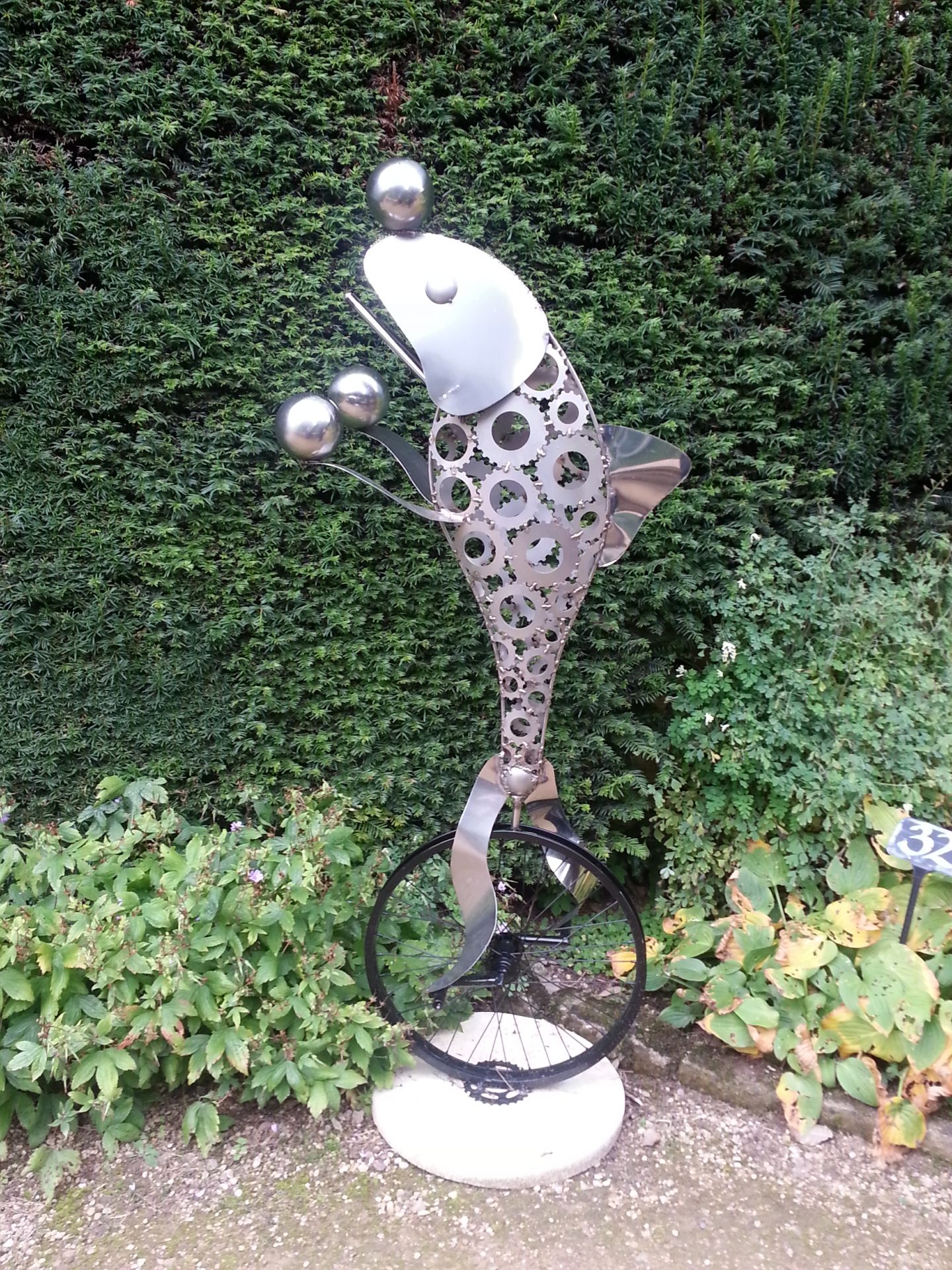The day after international womens day, I thought I would follow something that my father used to say, when he thought I was making some unsubstantiated claim – he would smile and say : Give me three examples of this. Even today, there are academic studies being funded about violence against women, as if it is any different from violence against anybody else.
I quote my friend Shanta Acharya – who inspires me to write this article, on the subject of the origins of International Women’s Day.
“Having challenged the status quo on so many occasions, I hope I’ve helped others in the process, albeit in a small way. It all adds up.
Clara Zetkin, a German Marxist theorist, activist, and advocate for women’s rights, founded International Women’s Day in 1910.
IWD grew out of the labour movement to become a recognised annual event by the United Nations. The seeds of it were planted in 1908, when 15,000 women marched through New York City demanding shorter working hours, better pay and the right to vote. It was the Socialist Party of America who declared the first National Woman’s Day, a year later. The idea to make the day international came from Clara Zetkin. She suggested the idea in 1910 at an International Conference of Working Women in Copenhagen, Denmark.
There were some 100 women there, from 17 countries, and they agreed to her suggestion unanimously.
It was first celebrated in 1911, in Austria, Denmark, Germany and Switzerland. The centenary was celebrated in 2011.
Things were only made official internationally in 1975 when the United Nations started celebrating the day.”
My claim is that there are women who have always made a difference – they have in no way been mean practitioners in the same fields as men, for some centuries now. Let us start with Art – and look at three pictures by women. The first comes from France.
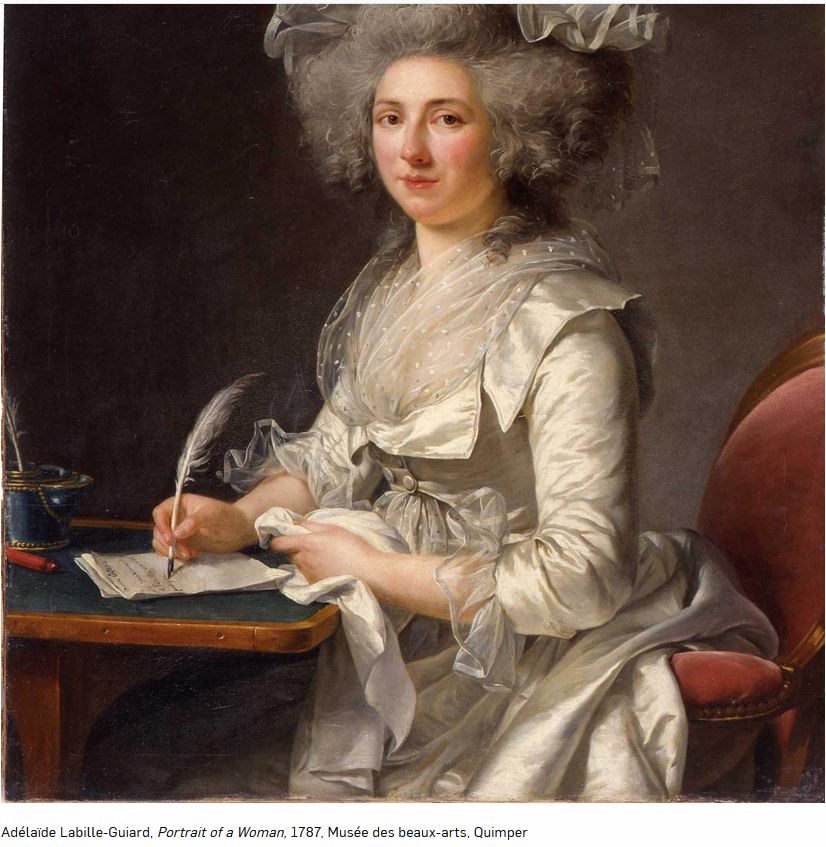
This portrait by Adélaïde Labille-Guiard was painted in the 18th century: it was on tour in the UK in 2012. It is usually in Quimper, in Brittany.
A portrait of a woman, by another woman.
Detailed, and uncannily realistic, showing her writing. This was significant at the time.
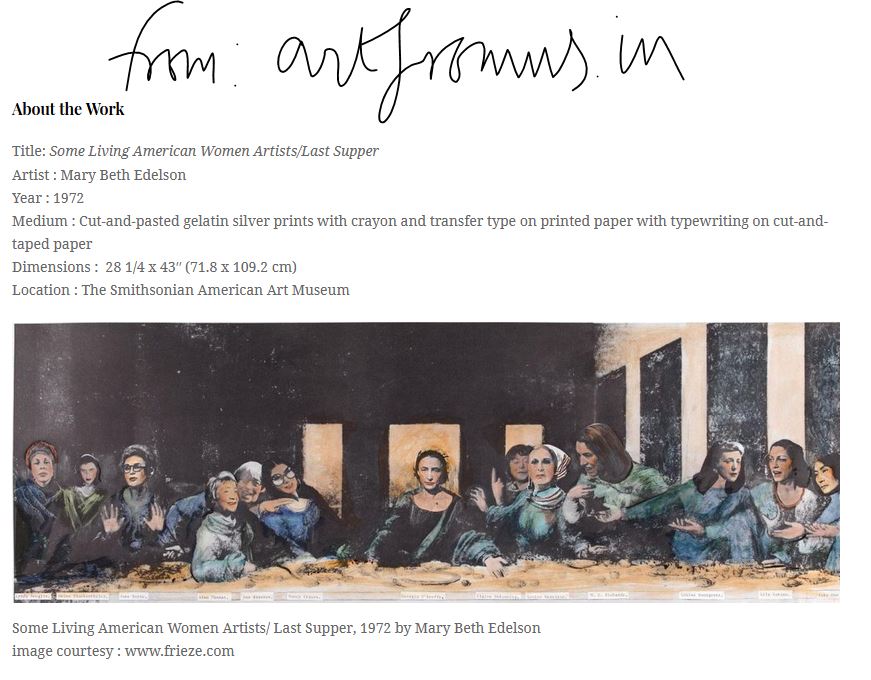
This comes from the Smithsonian in America – and was painted in 1972, by Mary Beth Edelson the year I left India and came to the west as a teenager, still at school.
The position of women astonished me – here was someone saying that the women artists of today, having supper might look like this – and she put it together in exactly the same format as the famous holy last supper.
We give birth to the world’s population, and holiness is not the domain of men alone. Practitioners of art are also aspirants. I don’t know what she had in mind, but it is worth speculating.
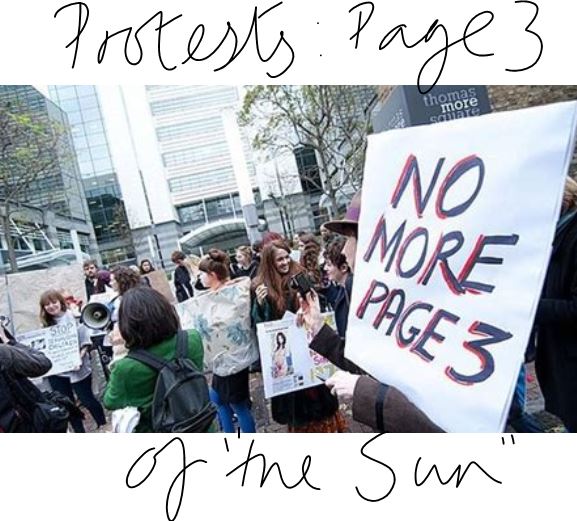
Sadly the first thing that appalled me when I got to London in the early 1970s was that a naked woman was featured in a so-called family newspaper (my aunt in London bought one every morning on her way in to work, she said) right next to the news pages showing what had happened in politics. If you opened the paper, on one side there were men making the news, and on the other was a woman, standing in her pants.
That paper has been put out of business by women petitioning, and protesting. So, have things changed since I arrived? Of course – but slow and steady, rather than at the pace I would have liked.
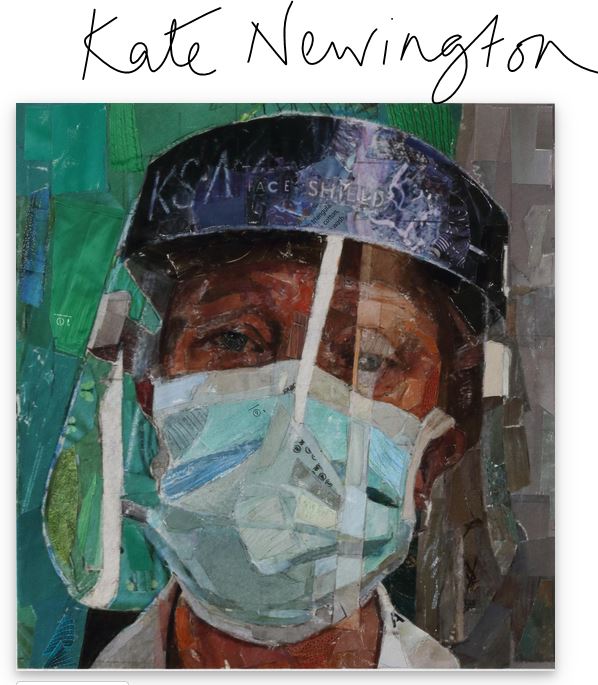
Today, women still represent in paint what they notice: Here is an exhibit at the current Society of Women Artists online exhibition, showing an NHS worker who has been treating Covid-19 patients. It could just as easily have been entitled tired eyes – another woman, quietly at work.
It is by Kate Newington.
There – three examples of contributions in the field of visual art. Tomorrow – science.
